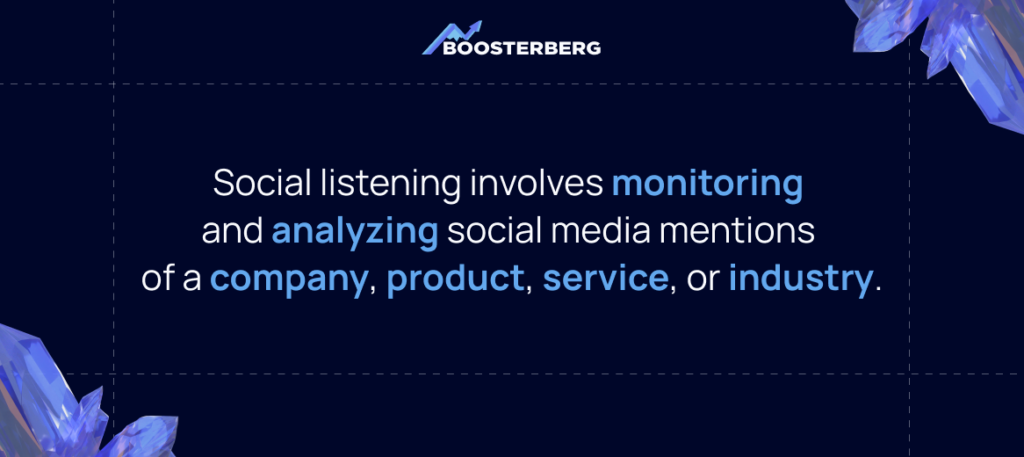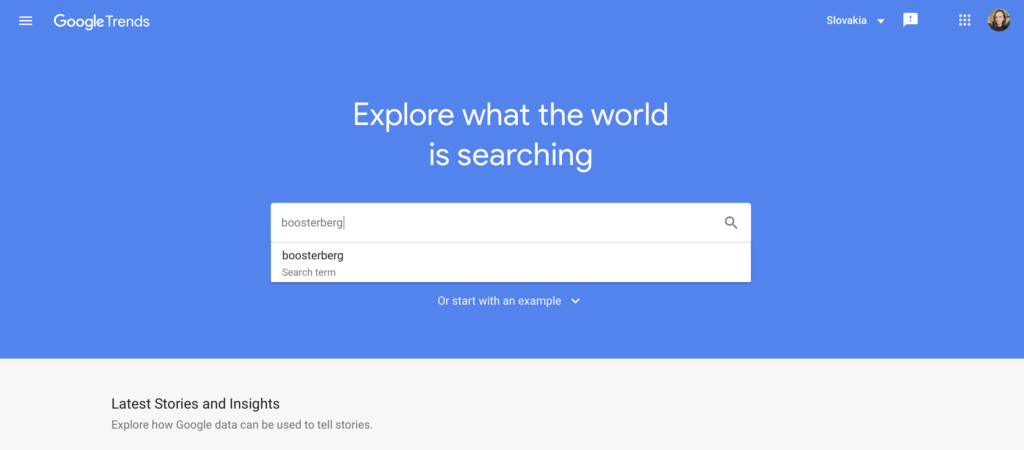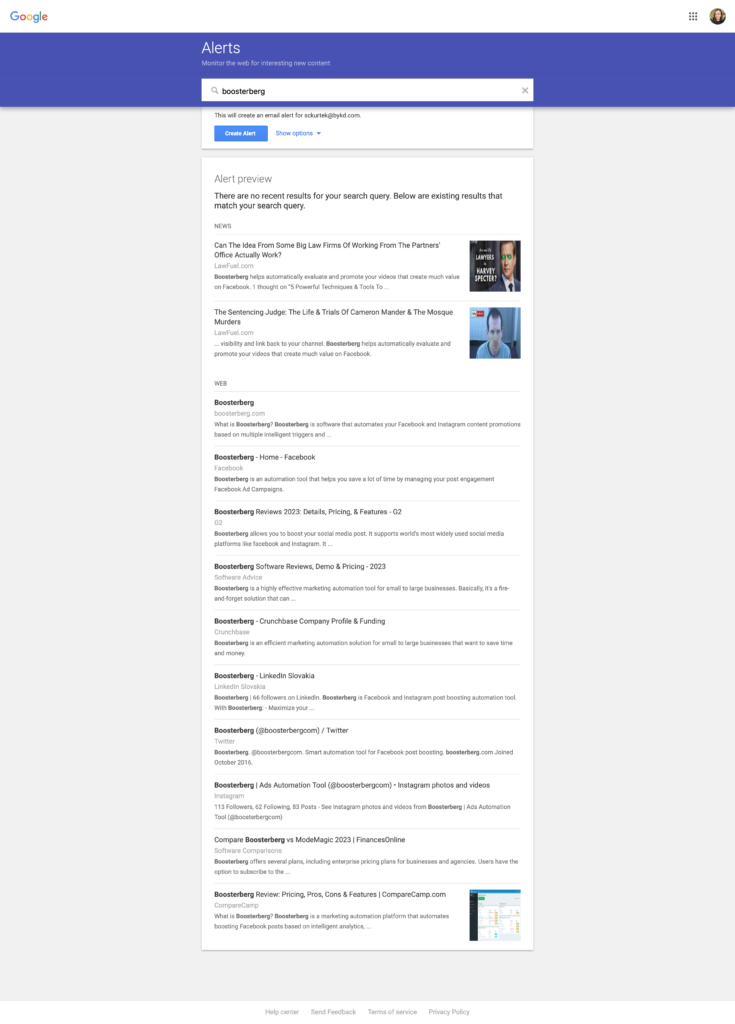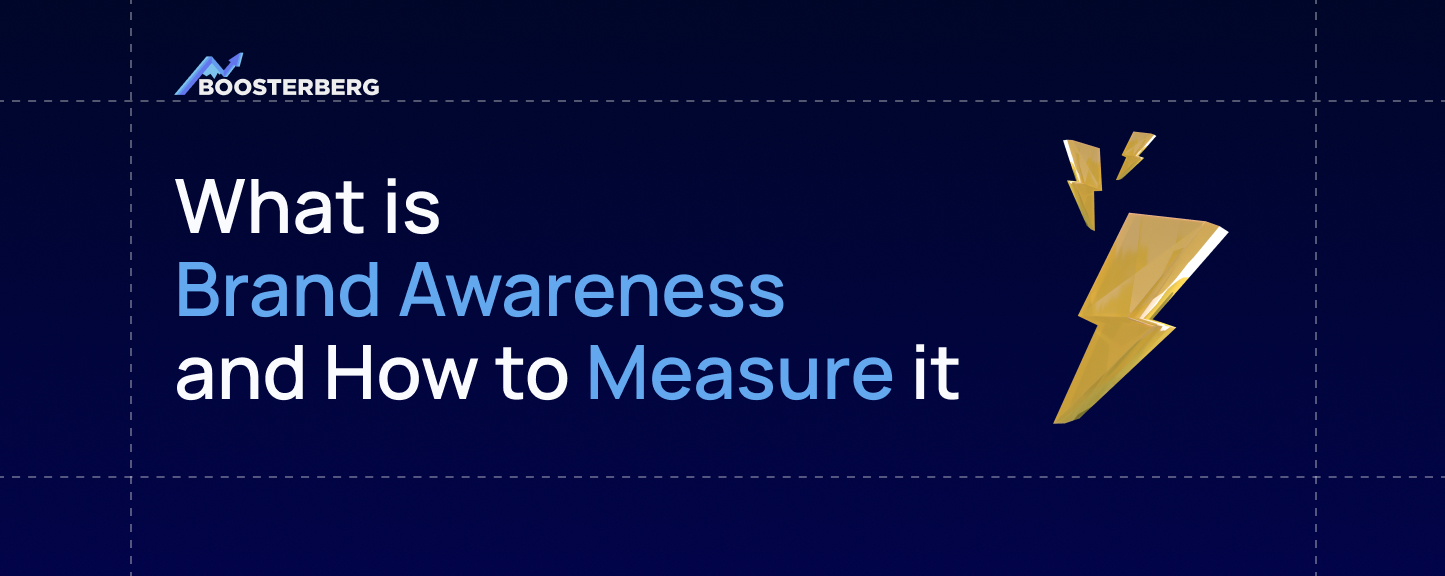One of the most important TOFU metrics, brand awareness, measures how well consumers know and recognize a brand.
This metric is crucial in establishing trust and loyalty among consumers. A well-known brand is more likely to succeed with consumers. And high brand awareness can make a brand stand out.
For example, Coca-Cola enjoys high brand awareness due to its long history of memorable advertising campaigns and its iconic red and white logo. So whenever you see a deep red background with white stripes, Coca-Cola is probably the first thing that comes to mind.
The “Follow the Arches” campaign from McDonald’s is a perfect example of how the brand’s awareness is so strong that consumers recognize it without even seeing the whole logo.
Or let’s take Google as another example. We don’t say, “Let me search the web for that”; we say, “Let me google that.” The brand name has become synonymous with the product. When people begin associating the brand with the product, you have reached the highest level of brand awareness. It is the Holy Grail of marketing.
Building a brand with memorable characteristics, such as Coca-Cola or Google, takes years. However, you can’t be successful just by creating brand awareness. The first step is to have a high-quality product. Once you have it, you can start thinking about user behavior and psychology and develop a strategy.
In any case, if you’re just starting out, increasing your brand’s visibility should be your priority. People must be familiar with your brand to trust you enough to buy from you.
BRAND AWARENESS AS AN INVITATION TO JOIN THE CLUB
Previously, we mentioned that people distrust ads and prefer user-generated content. Consumers now rely on the opinions of others before making purchases, and uneducated consumers are a thing of the past. We now have access to YouTube, Trustpilot, Facebook, and Google reviews. In addition, you can find numerous comparison articles on the Internet to help you decide whether to buy something.
You are more likely to buy a product if you see a pattern of people praising it online, along with some visual evidence. Even if you do not buy it, you may remember that the brand has positive reviews and revisit it later. As a result, your awareness of the brand grew.
The relationship between brand awareness and user-generated content is really close. More and more people will recognize your products as valuable and worth buying once a community develops around your brand. Because we want to have what everyone else wants, the more people join the community, the more attractive it will be to potential customers.
With increased brand recognition comes the potential for exponential growth in customer interest and loyalty. Through user-generated content, you can create an engaged and loyal customer base that will help your business thrive.
But how do you know the level of your brand’s awareness? Let’s talk about measuring. We’re marketers, after all.
MEASURING BRAND AWARENESS
Brand awareness is often underestimated and even ignored despite being one of the most important metrics in any marketing strategy. As a metric, it’s challenging to measure in numbers, so marketers don’t like to talk about it. Any business owner obsessed with numbers will find tracking brand awareness difficult.
Here’s what you need to know about measuring brand awareness. There is no easy way to do it.
And while it is true that you cannot measure ROI for building brand awareness, you can track customer familiarity with your brand and gain some valuable insight.
Here are the most common tactics to measure your brand’s awareness:
SOCIAL LISTENING

If you want to know if people are talking about your brand on social media, don’t rely on the notifications you get when someone tags you. Some people won’t tag you for various reasons, including a lack of motivation or knowledge. Try social listening instead.
The process of social listening involves monitoring and analyzing social media mentions of a company, product, service, or industry. Listening to social media conversations can give you valuable insight into how people feel about your brand. Furthermore, it can help you understand the sentiment of the mentions, allowing you to see if your brand is being talked about positively or negatively. For instance, companies can identify opportunities to improve customer experience and address customer pain points by analyzing customer feedback on social media.
You can search social media yourself or use a social listening platform to monitor mentions outside of notifications. There are several social media listening tools you can use, both free and paid. However, choose one that suits your needs and budget and covers the social media platforms you wish to monitor.
After selecting a tool, you can specify keywords, mentions, or hashtags to track, as well as filters such as receiving mentions from a specific location or language. This allows you to tailor your tracking to suit your needs and hone in on the topics and conversations most relevant to you.
WEBSITE TRAFFIC
Most consumers today discover brands through social media, meaning they will go to their websites through their SM channels. So if someone types your website URL directly into their browser’s search bar, this is a good sign because it means they’re looking for you directly. In this case, we’re talking about direct website traffic.
Direct traffic refers to website visits initiated by the user directly through their browser or bookmark rather than through search engines. That means if you have a good amount of direct traffic compared to social or search engine traffic, your brand awareness level is high because people already know where to look for you.
In terms of website traffic and brand awareness, you can also compare organic traffic and paid traffic.
As your brand awareness grows, you’ll be easier to find in search results, even without paid advertising. The most effective thing you can do for your organic search results is to publish engaging, high-quality content, cross-post to social media, and use email marketing for marketing your website.
Then, if you compare organic search website traffic with paid search traffic results, and your organic traffic is higher, you’re going in the right direction.
You can track your website traffic using Google Analytics.
GOOGLE TRENDS
Use Google Trends to find out if people are talking about you. After you enter your brand’s name, you will see a graph with peaks and valleys, showing search volume and brand awareness changes over time.
The Google Trends tool will also provide information on the region or demographics of the audience searching for the brand. In addition, it will provide you with related topics and keywords related to the brand’s name. Using this information, for example, can help you create content relevant to those keywords to build brand awareness further.

GOOGLE ALERTS
Google Alerts will notify you every time Google finds new search results for your brand. You can use it to monitor mentions of your brand, product name, or related terms. During the setup process, you can select the types of results you would like to receive notifications for, such as news, videos, blogs, and the frequency at which you would like to receive them.
These alerts are helpful when you need to respond in real time to mentions of your brand. For example, suppose someone mentions you in the news, and you want to spread the word on your social media profiles. By getting an alert about the article, you can tell your social media followers about it in real-time.

GOOGLE ADWORDS KEYWORD PLANNER
Keyword Planner is a tool typically used to find relevant keywords to target in Google Ads Campaigns, but it’s also handy for measuring brand awareness. The tool allows you to monitor the search volume for your brand’s name or your keywords. In addition, it displays data such as average monthly search volume, competition level, and estimated cost per click. A higher search volume indicates a higher level of brand awareness.
BRAND AWARENESS SURVEYS
These questionnaires can be used to determine how much people know about your brand. The best way to create these surveys is to think carefully about your target audience and their needs and craft relevant questions for them.
A simple question like “How did you hear about us?” as part of a form on your website can tell you a lot about your popularity.
Brand awareness surveys typically ask the following questions:
- From 1 to 10, how familiar are you with this brand?
- Have you ever tried this brand’s products?
- How does this brand compare to other brands in the category?
- Would you consider using this brand in the future? Why or why not?
- Would you recommend this brand to your friends?
The data you gather through these surveys will be much more accurate than data gained through search volume analysis or social media listening. This is because they are direct feedback from your customers and potential customers. Unfortunately, due to the difficulty of getting people to respond to these questions, brands rarely invest resources in this kind of brand awareness analysis. It’s a shame because you can get the most accurate information simply by asking the right questions.
MEASURING BRAND AWARENESS MATTERS
Measuring brand awareness is an ongoing process. It never ends, and it requires regular monitoring and analysis. By measuring and analyzing your brand’s awareness, you can make informed decisions about your marketing strategy and adjust it as you move forward. This way, you can ensure that your brand remains relevant in your area of interest and top-of-mind among your target group.
In addition, as your brand awareness grows, you can expect more loyal customers who will give you a stronger, more credible presence in your target market.
